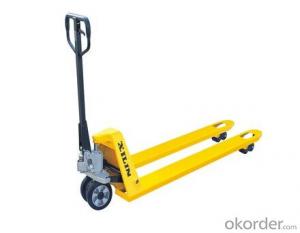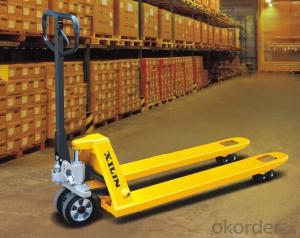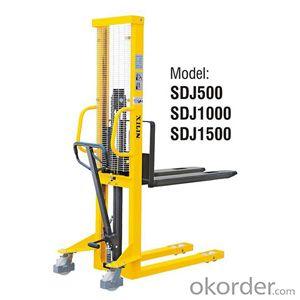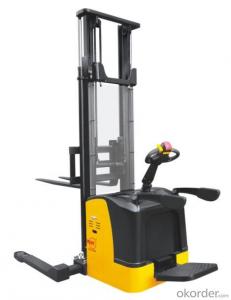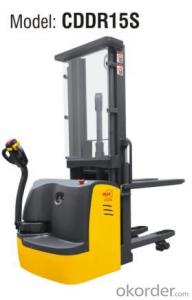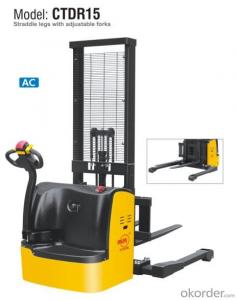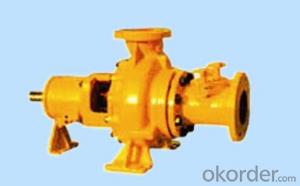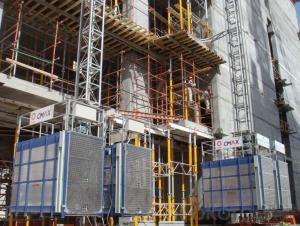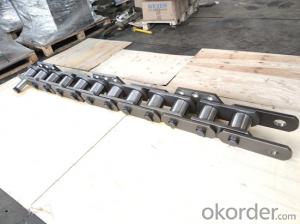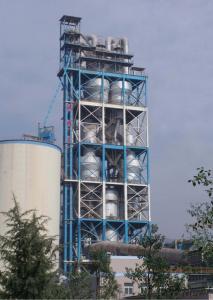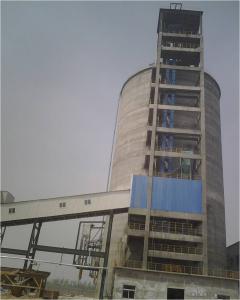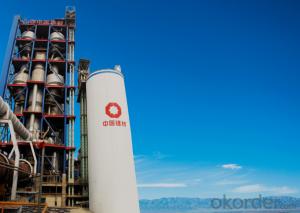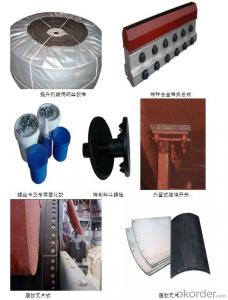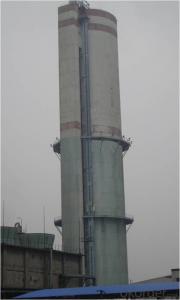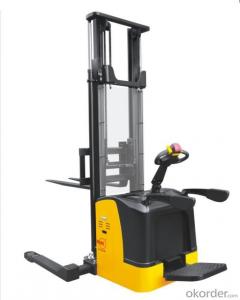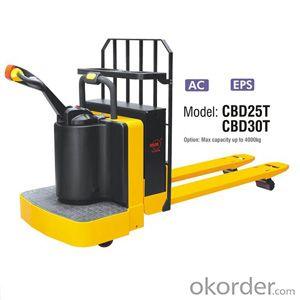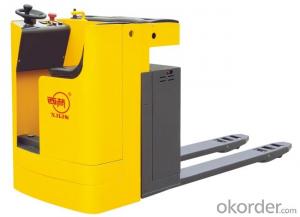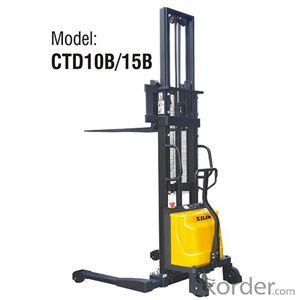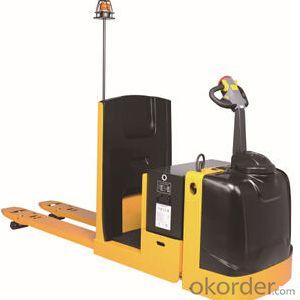Portland®NSE-Plate Chain Bucket Elevator
- Loading Port:
- Shanghai
- Payment Terms:
- TT OR LC
- Min Order Qty:
- 1 unit
- Supply Capability:
- 99 unit/month
OKorder Service Pledge
OKorder Financial Service
You Might Also Like
1. Technical Features
The NSE series high-speed plate chain bucket elevator is our company adopts serialization, standardization, and modular design concepts, and optimizes the design of the plate sleeve roller chain as the traction part of the vertical elevator. It is not only suitable for lifting general powder, small particles and small lump materials, but also can lift abrasive materials. Lifting capacity: 65~ 2300m3/h; operating speed ≤1.2m/s, lifting height ≤65m, material temperature ≤250℃.
(1) The transmission system adopts high-efficiency energy-saving motor supporting imported gearbox and magnetic coupling direct drive;
(2) Meet the requirements of full load and heavy load start, optional split manual auxiliary transmission; Equipped with Portland/Ketten-Wulf chain to ensure that the minimum safety factor of a single chain is more than 12 times;
(3) The chain and sprocket adopt standard forms and do not make non-standard designs; there are standardized supporting schemes for non-standard design products of the same industry, so that customers will no longer increase investment for non-standard products;
(4) The tail of the elevator adopts two types of internal and external tensioning devices; the head and tail wheels are all set to a split structure, which is easy to repair and replace.
2. Basic structure
The plate chain elevator is composed of running parts, driving device, head device, middle casing and tail device. The running parts are composed of bucket, chain and bolt components. The chain is the traction part of the elevator and one of the main load-bearing parts of the equipment. It is composed of multiple chain links. Each chain link is composed of a chain plate, a pin, a pin sleeve, and a roller. It is assembled into a 2~3 meters strip in the factory and assembled into a closed chain link on site.
Basic work flow: elevator inflow feeding, induced unloading, intensive arrangement of large-capacity buckets. When the material is lifted, there is almost no material return and digging phenomenon, and squeezing and collision between the materials rarely occur. The design of this machine ensures that the material is rarely scattered during feeding, lifting and unloading, which reduces the mechanical Wear, using plate chain type high-strength wear-resistant conveyor chain, greatly extending the service life of the chain and bucket.
3. Model specifications

Example: NSE1000×55000 Double
Indicates a NSE plate chain bucket elevator with a conveying capacity of 1000m3/h, a lifting height of 55000mm, and a double drive.
4. selection parameters
Table 1 Portland NSE type elevator powder material selection parameter
Elevator model | NSE50 | NSE100 | NSE200 | NSE300 | |
Bucket model | S-type bucket ① (for powder materials)-75% filling rate | ||||
Capacity m³/h② | 75 | 170 | 230 | 300 | |
Bucket | Width mm | 300 | 300 | 400 | 500 |
Volume L③ | 16.5 | 28.9 | 38.8 | 48.7 | |
Space mm | 304.8 | 400 | |||
Chain | Pitch mm | 76.2 | 100 | ||
Speed m/s | 1.0 | 1.06/0.94 | |||
Elevator model | NSE400 | NSE500 | NSE600 | NSE700 | |
Bucket model | S-type bucket ① (for powder materials)-75% filling rate | ||||
Capacity m³/h② | 380 | 510 | 640 | 770 | |
Bucket | Width mm | 450 | 600 | 750 | 900 |
Volume L③ | 69.3 | 92.9 | 116.5 | 140.1 | |
Space mm | 500 | ||||
Chain | Pitch mm | 125 | |||
Speed m/s | 1.17/1.04 | ||||
Note: ① S-type bucket lifting material type: raw meal, cement, mineral powder, etc. ② The filling rate of the conveying bucket in the table is 75% ③ The bucket volume is 100% volume | |||||
Table 2 Selection parameters of Portland NSE type elevator powder and small particles/lumps materials
Elevator model | NSE50 | NSE100 | NSE200 | NSE300 | |
Bucket model | D-type bucket ① (powder, small particles/small blocks)-70% filling rate | ||||
Capacity m³/h③ | 95 | 165 | 220 | 280 | |
Bucket | Width mm | 300 | 300 | 400 | 500 |
Volume L④ | 14.4 | 24.8 | 33.4 | 41.9 | |
Space mm | 304.8 | 400 | |||
Chain | Pitch mm | 76.2 | 100 | ||
Speed m/s | 0.81 | 1.06/0.94 | |||
Elevator model | NSE400 | NSE500 | NSE600 | NSE700 | |
Bucket model | D-type bucket ① (powder, small particles/small blocks)-70% filling rate | ||||
Capacity m³/h③ | 310 | 420 | 520 | 630 | |
Bucket | Width mm | 450 | 600 | 750 | 900 |
Volume L④ | 59.3 | 80.1 | 100.5 | 120.9 | |
Space mm | 500 | ||||
Chain | Pitch mm | 125 | |||
Speed m/s | 1.04/0.92 | ||||
Elevator model | NSE800 | NSE900 | NSE1000 | NSE1100 | |
Bucket model | D-type bucket ① (powder, small particles/small blocks)-70% filling rate | ||||
Capacity m³/h③ | 720 | 810 | 900 | 990 | |
Bucket | Width mm | 800 | 900 | 1000 | 1100 |
Volume L④ | 154.7 | 174.1 | 193.4 | 212.8 | |
Space mm | 600 | ||||
Chain | Pitch mm | 150 | |||
Speed m/s | Small particles 1.11/small lumps 0.99 | ||||
Table 3 Selection parameters of Portland NSE type elevator powder and small particles/lumps materials
Elevator model | NSE1200 | NSE1300 | NSE1400 | NSE1500 | |
Bucket model | D-type bucket ① (powder, small particles/small blocks)-70% filling rate | ||||
Capacity m³/h③ | 1080 | 1175 | 1265 | 1355 | |
Bucket | Width mm | 1200 | 1300 | 1400 | 1500 |
Volume L④ | 232.1 | 251.5 | 270.8 | 290.2 | |
Space mm | 600 | ||||
Chain | Pitch mm | 150 | |||
Speed m/s | Small particles 1.11/small lumps 0.99 | ||||
Elevator model | NSE1300L | NSE1400L | NSE1500L | NSE1600 | |
Bucket model | DA type bucket ② (powder, small particles/small blocks) 70% filling rate | ||||
Capacity m3/h③ | 1500 | 1625 | 1740 | 1860 | |
Bucket | Width mm | 1300 | 1400 | 1500 | 1600 |
Volume L④ | 363.4 | 391.6 | 419.8 | 448.2 | |
Space mm | 700 / 720 | ||||
Chain | Pitch mm | 175 /180 | |||
Speed m/s | Small particles 1.15/small lumps 1.04 or 1.07 | ||||
Elevator model | NSE1700 | NSE1800 | NSE1900 | NSE2000 | |
Bucket model | DA type bucket ② (powder, small particles/small blocks) 70% filling rate | ||||
Capacity m³/h③ | 1980 | 2100 | 2210 | 2330 | |
Bucket | Width mm | 1700 | 1800 | 1900 | 2000 |
Volume L④ | 476.7 | 504.8 | 532.5 | 560.9 | |
Space mm | 700 / 720 | ||||
Chain | Pitch mm | 175 / 180 | |||
Speed m/s | Small particles 1.15/small lumps 1.04 or 1.07 | ||||
Note: ① D-bucket lifting material type: cement, roller press circulating material, crushed granular material, clinker ② DA type bucket lifting material type: roller press circulating material, crushed granular material ③ The filling rate of the conveying bucket in the table is 70% ④ The bucket volume is 100% volume | |||||
,、QQ、、MSN、skype、
- Q: What is the proof of working in mechanical design?
- The mechanical engineer qualification exam outline (trial) is the Chinese mechanical engineering society, the ministry of education test center for mechanical engineering and technical personnel in our country one of technical qualification certification exam standards documents. It is a mechanical engineer declarant qualification to participate in "comprehensive qualities and skills" the basis of a review test for reference, is to write "mechanical engineer qualification examination instruction" and so on the basis of learning materials, is carried out around the student counseling on the basis of, is the basis of a qualification examination proposition. This outline is divided into four parts: Ⅰ. Basic requirements, Ⅱ. Exam content, Ⅲ. Regulations and instructions, Ⅳ. Sample questions example. Basic requirements part aims to show that as a qualified mechanical engineer, should actively adapt to the world manufacturing industry globalization, informationization, greening and the trend of the development of the service, strive to improve their own comprehensive quality, become a good professional ethics and innovation concept, master machinery manufacturing technology, understand the economic and management knowledge as well as the relevant international rules of a new generation of mechanical engineering and technical personnel.
- Q: What is a forklift? Forklifts are special equipment
- Hello, forklift truck is an industrial transport vehicle, which is a variety of wheeled transport vehicles for loading and unloading, stacking and short-range transportation. The forklift is a kind of special equipment management. Type: special motor vehicle in field (factory) Category: motor vehicle Varieties: forklift The operators must have the quality technical supervision bureau issued: Special equipment operator certificate Special motor vehicle operation in field (factory) Work item: forklift driver
- Q: Talk about how to cut the cost of moving materials.
- There is limited room for human efficiency.I hope my answer will help you
- Q: The wear-resisting parts in the broken machine are mainly the direct contact with the material
- There is a need to contact, the crusher is a lot of model and the performance is different. For example: the jaw is broken, the hammer is broken, the fight is broken, the cone is broken... It is. Wear-resisting material is different also, also need according to the material hardness, strength of the material that is broken, the choice is ok. Materials: alloy white iron (high chromium cast iron), high manganese steel, alloy steel (high, medium, low carbon and alloy)... It is. It's best to find experienced manufacturers. Hope to adopt.
- Q: The development of material handling
- Domestic market competition is the basic material handling machinery, high-end market is mainly composed of multinational companies, domestic key large enterprise also had some markets in some specific fields; The participants in the mid-market market include large enterprises in China and small and medium-sized enterprises with excellent manufacturing technology and high management level. Many of the small scale, poor technology, poor management, lack of product innovation of enterprise, product quality is not high, low added value, poor economic benefit, in the industry of low-end market, competition is intense. "Twelfth five-year" period to 2020, is China's national economy sustainable development strategy implement and promote the development of circular economy, take a new road to industrialization, the basis for building a resource-conserving and environment-friendly society an important period. Attaches great importance to the society and the enterprise logistics role, vigorously develop modern logistics industry, to promote the development of and promote industry, improve the quality and efficiency of economic operation, enhance the comprehensive national strength and the enterprise competitiveness, has the very vital significance. It is an effective means of carrier for all walks of life of the national economy, including the manufacturing of material handling equipment which supplies the large amount of equipment needed for the second and third industries. The rapid and steady development of the national economy, the informationization and industrialization of the basic industries, provide the best opportunities for the manufacturing industry of materials handling equipment.
- Q: What is the material handling and handling equipment?
- . Highway transportation equipment Heavy tractor semi-trailer | van | | equipment | special transportation vehicle 9. Warehouse peripheral devices cllimbing trolley | slide machine loading and unloading platform | | | industrial door platform loading and unloading of rain loose 10. | | tray container unit equipment container bags | container net | slide 11. Forklift handling vehicle | electric flat car | | tractor attachments of ft | forklift parts 12. Manual handling equipment Hydraulic pallet truck cart hydraulic pallet stacker | | | lever type hydraulic lifting flat wagon | push car 13. Automatic sorting system, automatic sorting machine | | automatic sorting conveyor system automatic control systems and equipment
- Q: Urgent, please go to logistics expert, the question about the warehouse
- With the deepening of the reform and opening up, China's pharmaceutical industry also fast lane of development, the entire pharmaceutical industry production grew by an average of 17.7% a year, compared with the national industrial average annual growth rate of 4.4%, but also higher than in the developed countries in the world major drug. Over the past 30 years, the average growth rate has grown by 13.8 percent, making it one of the fastest growing medical markets in the world. According to the state economic and trade commission statistics, the pharmaceutical industry production, sales growth in 2002, gross industrial output value (constant) 21.95 billion yuan, an increase of 20.1%, down 0.9% growth than 1-2 month. The main business revenue was 196.100 million yuan, an increase of 12.8%, an increase of 2 percentage points from January to February. Ratios of 94.4%, year-on-year, and 1-2 month dropped 2.5 and 0.7% respectively, profit growth, the total profit of 990 million yuan, an increase of 12.8%, slower than 1-2 month fell 1%. According to the above data, the scale benefit of the pharmaceutical industry in China is emerging, the potential is big, the growth is good, the stable, healthy, rapid development stage. The graduation internship I came to yunnan double crane pharmaceutical company, personally experienced enterprise facing the opportunity and pressure, at the same time to realize enterprise logistics rationalization in the enterprise of great significance.
- Q: Material handling system in the factory
- Improve logistics quality (material loss, high transport efficiency, safety operation), lower logistics cost (including handling, storage etc.).
- Q: The principle of material handling
- Planning principles: plan all material handling and storage activities to achieve maximum overall operational efficiency. 2, the principle of system, to integrate various handling activities and suppliers, purchase, storage, production, testing, packaging, storage management, shipping, transportation, and the customer's operating system as a whole.
- Q: What is the carrying equipment of the container cargo
- Container (container), crane, forklift truck Kunshan city peng a lift lifting transportation and handling professional clean room equipment installation, precision air handling import and export container, unpacking, assembling positioning, whole factory move, special lifting engineering contracting, precision machine packed in wooden cases
Send your message to us
Portland®NSE-Plate Chain Bucket Elevator
- Loading Port:
- Shanghai
- Payment Terms:
- TT OR LC
- Min Order Qty:
- 1 unit
- Supply Capability:
- 99 unit/month
OKorder Service Pledge
OKorder Financial Service
Similar products
Hot products
Hot Searches
Related keywords
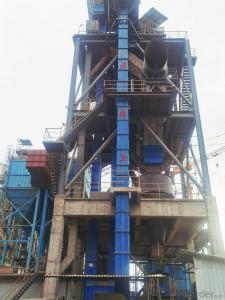





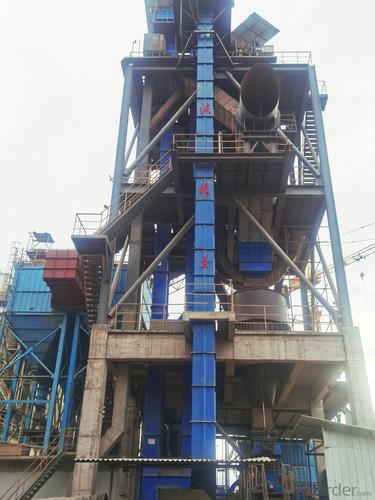





 CNBM (Hefei) Electromechanical Engineering Technology Co., Ltd.
CNBM (Hefei) Electromechanical Engineering Technology Co., Ltd.
